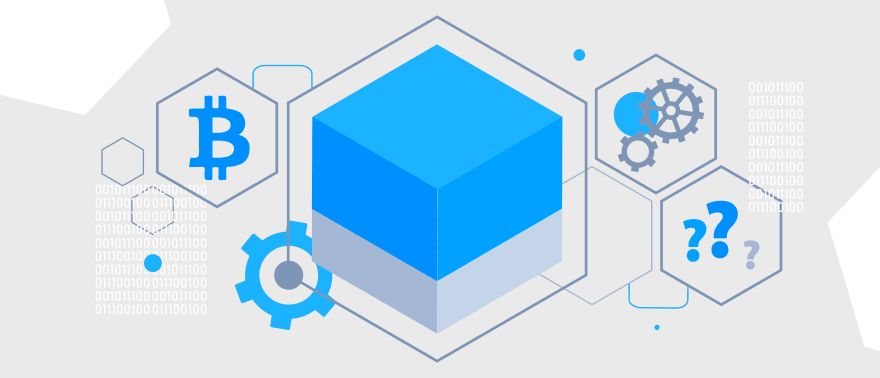If you’ve been paying attention to the bitcoin/blockchain news, you’ve probably heard the terms SegWit, Lightning Network, and SPECTRE (and others) thrown around a lot recently in reference to blockchain scalability issue.
There’s no shortage of posts covering the subject on various tech blogs and crypto-related subreddits yet, if you’re not familiar with the inner workings of blockchain and developer’s jargon, you’ll likely find most of them confusing.
Today, we’ll attempt to distill and dilute the technicalities and elucidate the intricate matter in plain English. We’ll explain what people even mean when they say scaling issue, talk about its causes, and list the ways blockchain networks are trying to resolve them.
Before we move any further, let’s recap quickly what blocks are what and mining is.
Blocks, as per our previous articles, are just batches of transactions submitted by blockchain users; bundled together, they’re appended to a network’s ledger in chronological order, each containing a reference to a previous block, thus forming a chain.
The miner’s role consists of compiling the blocks and writing them into a network’s history. However, to be granted that privilege, validators are also required to prove that they’re willing to put some effort – computational resources – into securing the network.
This is what we call providing proof of work.
So, before appending a block, miners compete in solving a mathematical puzzle – determining a cryptographic nonce that’s just a long random number. The first validator to guess it gets to write to the immutable history and is then rewarded by the blockchain with a certain amount of cryptocurrency.
On Bitcoin, the network adjusts the difficulty of these complex mathematical problems so that it takes a validator roughly 10 minutes to crack them. This is where we get the 10 minute block time from.
Proof of work is there to protect blockchains. As you can see, it makes attacking networks very difficult, time- and resource-consuming.
The blocks are limited in size. On Bitcoin, historically, they couldn’t exceed 1MB (this is not the case now though). They appeared every 10 minutes on the blockchain and only contained about 2000 transactions each, which meant the network was only able to process ~ 3 transactions per second. The limit on the number of transactions the network could process was small, so they were piling up which created congestion and prompted users who were in a hurry to pay hefty fees so that miners pick up their transactions and include them in a block.
If you'd like to learn more about Blockchain Technology, and How Your Business can Benefit out of it - here is a FREE ebook.
The post Blockchain Scalability Issue: Why Is There a Problem and What Can Be Done About It? appeared first on Software Development Company Perfectial.



Top comments (0)